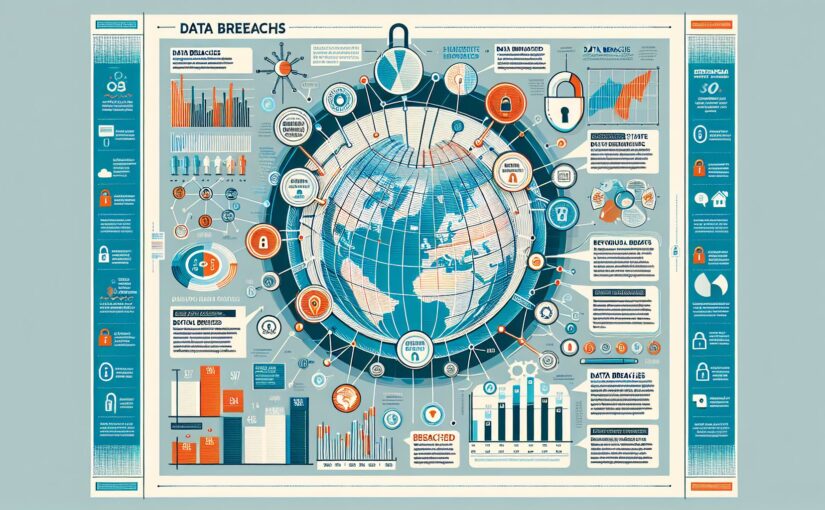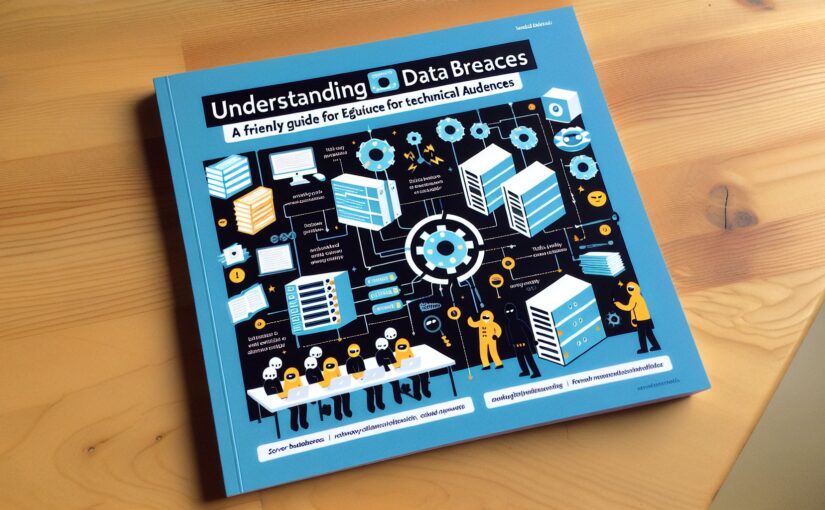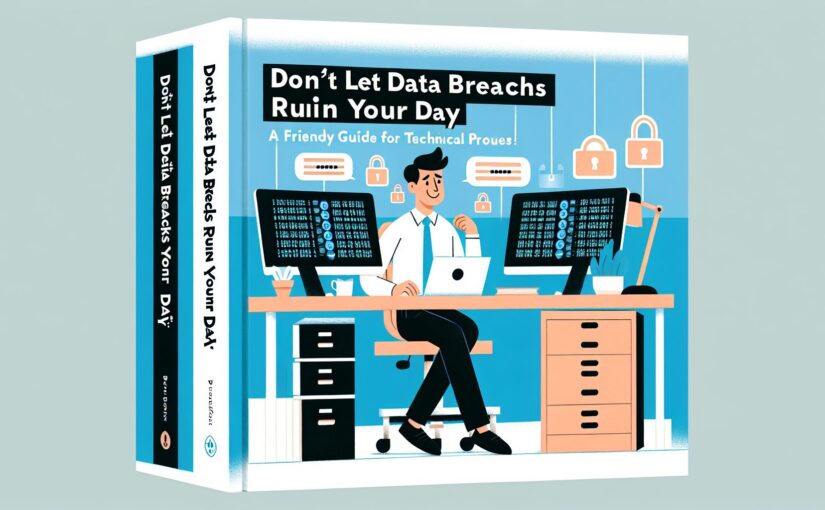Data breaches have become a common occurrence in our digital age, with numerous high-profile cases making headlines in recent years. As technical professionals, it is crucial for us to understand the implications of these breaches and take steps to protect our own systems and data. In this blog post, we will delve into what causes data breaches, the potential consequences, and best practices for prevention.
What Causes Data Breaches?
Data breaches can occur due to a variety of reasons, ranging from human error and negligence to targeted cyber attacks by malicious actors. Some common causes of data breaches include:
-
Weak or compromised passwords: Passwords are often the first line of defense against unauthorized access. Using weak passwords or reusing the same password across multiple accounts can make it easy for attackers to gain access to sensitive information.
-
Phishing attacks: Phishing attacks involve tricking users into sharing their personal information, such as login credentials or financial details, through deceptive emails or websites. Once attackers have this information, they can use it to gain unauthorized access to systems and data.
-
Malware and ransomware: Malicious software like malware and ransomware can infect systems and steal data or hold it ransom. Ransomware attacks, in particular, have become a growing threat, with attackers demanding payment in exchange for decrypting the stolen data.
-
Insider threats: Employees or contractors with access to sensitive data can also pose a risk. Whether intentional or accidental, insider threats can result in data breaches that compromise security and privacy.
The Consequences of Data Breaches
The consequences of a data breach can be severe, both for individuals and organizations. Some of the potential impacts of a data breach include:
-
Financial loss: Data breaches can result in significant financial loss for organizations, including costs associated with investigating the breach, notifying affected individuals, and implementing security measures to prevent future incidents.
-
Reputational damage: A data breach can tarnish an organization’s reputation and erode customer trust. Customers may be hesitant to do business with an organization that has suffered a breach, leading to loss of revenue and market share.
-
Legal and regulatory implications: Organizations that fail to protect sensitive data may face legal consequences, including fines and lawsuits. Compliance with data protection regulations, such as the General Data Protection Regulation (GDPR), is essential to avoid such penalties.
Best Practices for Data Breach Prevention
To mitigate the risk of data breaches, it is important for technical professionals to implement robust security measures. Some best practices for data breach prevention include:
-
Use strong authentication methods: Implement multi-factor authentication to add an extra layer of security beyond passwords. This can help prevent unauthorized access to systems and data.
-
Keep software and systems up to date: Regularly patching software vulnerabilities is essential to prevent attackers from exploiting known security flaws. Ensure that all systems are kept up to date with the latest security patches.
-
Educate users about security awareness: Train employees on the importance of data security and how to recognize and avoid common cyber threats, such as phishing attacks. Awareness training can help prevent human errors that could lead to data breaches.
-
Monitor for suspicious activity: Implement monitoring tools to detect unusual behavior or unauthorized access to systems. Monitoring can help organizations identify and respond to potential security incidents before they escalate into full-fledged data breaches.
Conclusion
Data breaches pose a serious threat to organizations and individuals alike, with the potential for financial loss, reputational damage, and legal repercussions. As technical professionals, it is our responsibility to understand the causes of data breaches and take proactive steps to prevent them. By implementing security best practices, such as strong authentication methods, patching vulnerabilities, and security awareness training, we can help protect our systems and data from falling victim to a data breach. Remember, the best defense against data breaches is a strong offense.









